Expanded metal mesh is a robust and lightweight material made by cutting and stretching a metal sheet with diamond-shaped openings. The product’s unique design provides excellent reinforcement, improving the structural integrity of concrete, steel, masonry, plaster, and asphalt. By strengthening these materials, the mesh plays an important role in enhancing the durability and stability of construction projects, ensuring long-lasting performance and resilience across a range of applications.
Applications of expanded metal mesh
Expanded metal mesh is widely used because of its strength, flexibility, and durability. Key application areas include:
- Concrete Buildings and Structures
- Fencing and Barriers
- Scaffolding
- Walkways and Platforms
- Ceiling and Wall Panels
- Noise Barriers
- Grilles and Covers
Expanded metal mesh manufacturing
The manufacturing process of expanded metal mesh begins with a metal sheet, typically made from materials like steel, aluminium, or stainless steel, which is simultaneously cut and stretched.
- Metal Sheet Selection and Preparation: Metal sheet (steel, aluminium, or stainless steel) is chosen, cleaned, and prepared.
- Cutting and Stretching: The sheet is fed through an expander, where it’s cut and stretched to create diamond-shaped openings.
- Optional Flattening: The mesh is rolled to create a smooth, even surface if needed.
- Finishing Treatments: Finishes such as galvanizing, painting, or powder coating are applied for added durability and corrosion resistance.
Advantages of expanded metal mesh
- Strong yet Lightweight
- Efficient Material Use
- Long-Lasting Durability
- Resistant to Corrosion
- Highly Versatile
- Excellent Bond Strength
- Allows Airflow and Light
- Anti-Slip Surface
- Fire-Resistant Properties
- Resilient to Impact and Weathering
- Can Be Formed into Various Shapes
- High Tensile Strength
Types of expanded metal mesh
1. Standard Expanded Metal Mesh
Standard expanded metal is created by cutting and stretching a single metal sheet, forming uniform diamond-shaped openings throughout the surface. This process maintains the sheet’s full thickness, resulting in a mesh that is both strong and durable. The key advantage of standard expanded metal is its high strength-to-weight ratio, which ensures a robust structure without adding unnecessary weight. It is commonly used for applications requiring both strength and flexibility, such as in security barriers, fences, and walkways.
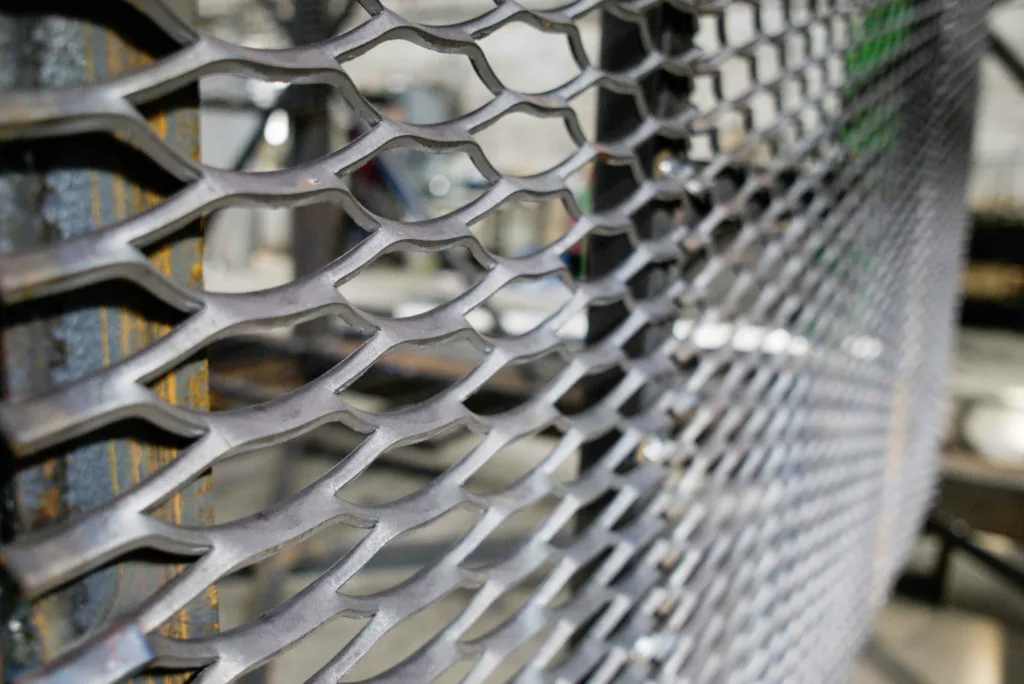
2. Flattened Expanded Metal Mesh
Flattened expanded metal is produced by compressing standard expanded metal, resulting in a smooth and flat surface while retaining the mesh’s original strength. The process reduces its thickness, making it easier to handle and work with. Flattened expanded metal is highly versatile, offering a uniform surface that is often more aesthetically appealing than the raised version. It is commonly used in decorative panels, security doors, and architectural facades where both functionality and visual appeal are important.
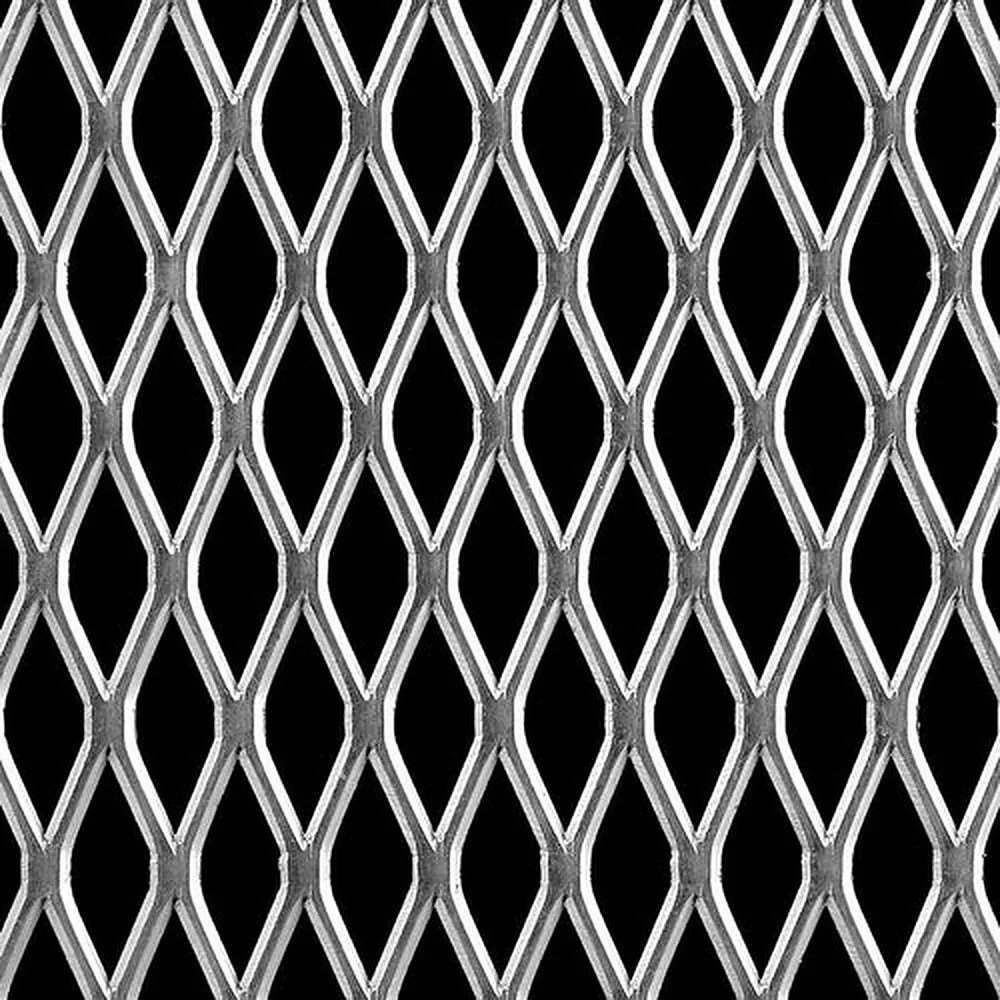
3. Raised Expanded Metal Mesh
Raised expanded metal features a distinctive three-dimensional structure where the diamond-shaped openings are elevated above the plane of the sheet. This form provides excellent non-slip properties due to its texture, making it a preferred choice for safety-related applications. Additionally, the raised structure offers superior strength and durability, making it capable of withstanding heavy loads. Its excellent ventilation properties make it suitable for environments where airflow is essential. Raised expanded metal is commonly used in industrial flooring, stair treads, and safety grilles, as well as in platforms where traction and safety are important.
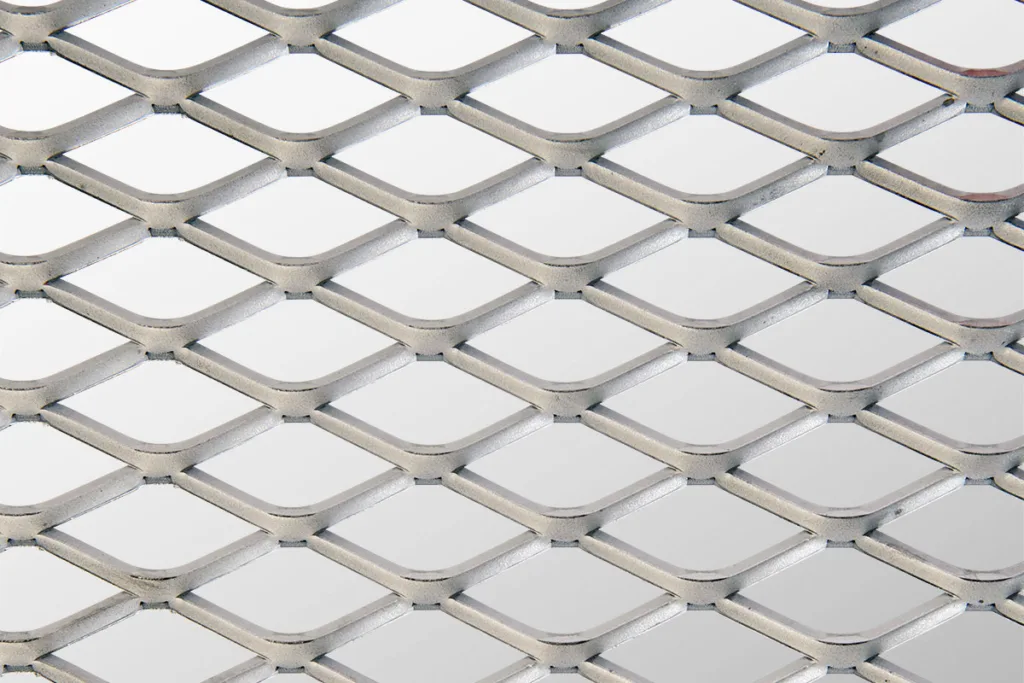
4. Hexagonal Expanded Metal Mesh
Hexagonal expanded metal offers a unique pattern compared to traditional diamond shapes, with openings arranged in a honeycomb configuration. This distinctive pattern provides greater flexibility in design while maintaining strength and durability. The open hexagonal structure also promotes enhanced ventilation, making it ideal for applications where airflow is important. The aesthetic appeal of hexagonal mesh makes it a popular choice in architectural projects, including decorative panels, facades, and cladding.
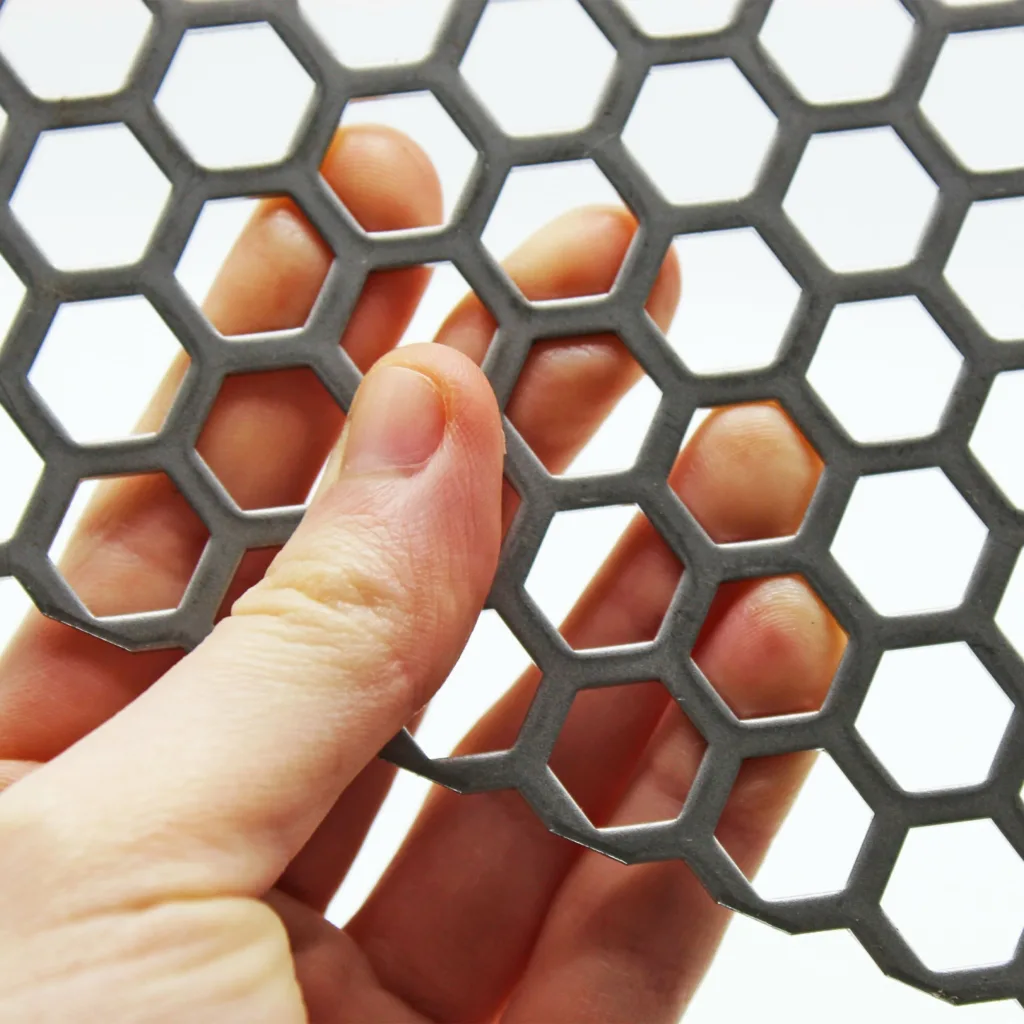
5. Micro Expanded Metal Mesh
Micro expanded metal is characterized by smaller openings, allowing for more detailed applications where precision is required. The fine mesh is ideal for situations where a higher degree of security or filtration is necessary. Despite its smaller openings, micro expanded metal remains lightweight and offers minimal disruption to airflow. This makes it suitable for use in smaller-scale applications such as filters, protective screens, or ventilation grilles. It is commonly found in electronic devices, machinery enclosures, or in industries where a fine mesh is essential for protection, such as in security systems or air filtration.

6. Heavy-Duty Expanded Metal Mesh
Heavy-duty expanded metal is manufactured from thicker sheets of metal, offering greater strength and load-bearing capacity than standard mesh. Its enhanced durability allows it to withstand more demanding environments, making it suitable for industrial and construction applications where heavy loads or extreme conditions are common. This type of mesh is used to reinforce concrete, form heavy-duty walkways, or create large-scale industrial grating.
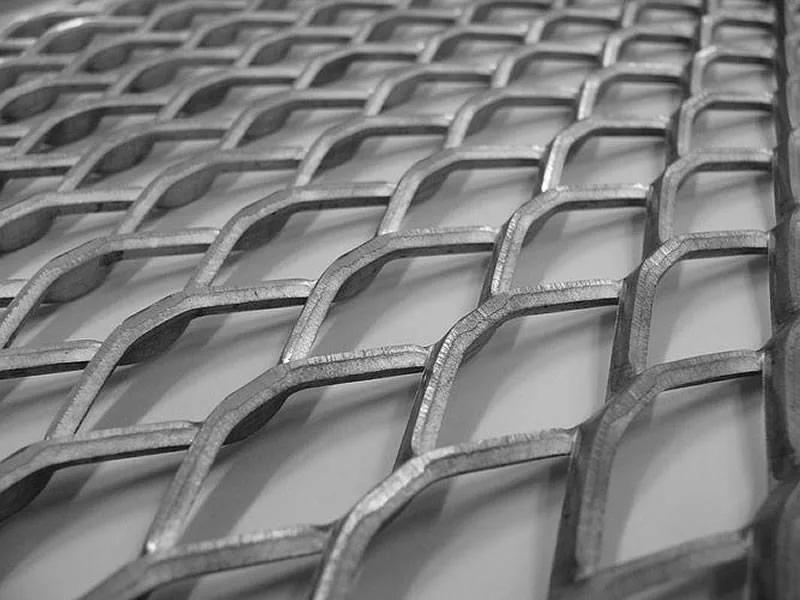
7. Custom Expanded Metal Mesh
Custom expanded metal is tailored to meet specific project requirements, including variations in hole sizes, material types, and sheet thicknesses. This type of mesh offers maximum flexibility, allowing designers and engineers to create solutions that meet unique or specialized needs. The ability to customize the mesh allows for the use of different materials, such as stainless steel, aluminum, or coated metals, providing versatility in terms of both functionality and aesthetic appeal. Custom expanded metal is often used in highly specialized applications where standard meshes may not suffice.
Conclusion
Expanded metal mesh stands as a highly reliable and adaptable material in the construction industry. Its unique properties, including strength, durability, and versatility, make it an essential choice for a variety of applications, from structural reinforcement to aesthetic features. As the demand for efficient, sustainable, and cost-effective materials continues to grow, expanded metal mesh remains a top solution for meeting these needs across multiple sectors.



